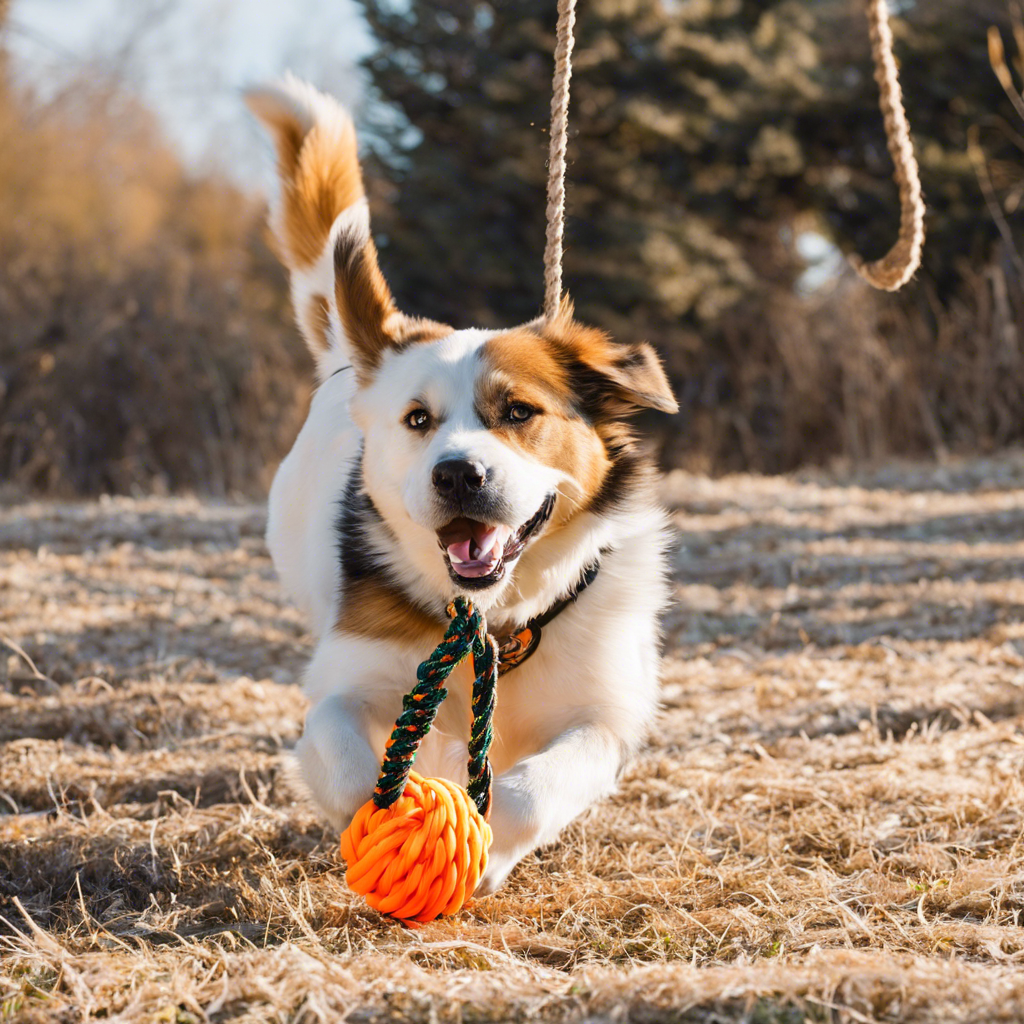Playing tug-of-war is a favorite activity for many dogs and their owners, offering a fun way to bond while providing exercise and mental stimulation. But the question often arises: which type of tug toy is best for your furry friend—rope or rubber? Both materials have their unique advantages and considerations when it comes to durability and promoting an energetic game of tug.
Rope tug toys are classic for a reason. They are typically made from tightly woven cotton or nylon fibers, providing an enticing texture for dogs to grab and bite. The knotted ends of these toys present an ideal grip, encouraging a satisfying tugging experience. One of the significant benefits of rope toys is their durability, especially for aggressive chewers. The durable weave of the rope can withstand vigorous games of tug-of-war, and the fibers help clean your dog’s teeth and massage their gums as they play. However, it’s essential to choose a rope toy with tightly woven strands to avoid loose threads that your dog might ingest, ensuring a safe play session.
>
> Rubber tug toys offer a different kind of durability and play experience. These toys are often made from strong, yet flexible, natural or synthetic rubber materials. They are designed to endure the rigorous chewing and pulling that comes with a game of tug. The elasticity of rubber toys provides a dynamic aspect to the game, as the toy stretches and bounces back, adding an element of surprise and challenge for your dog. This material is excellent for vigorous chewing and can withstand the force of a strong tugging dog.
>
> When considering exercise efficiency, both types of toys excel in their own ways. Rope toys provide an excellent full-body workout, as dogs must use their muscles to grip, pull, and maintain their hold on the toy. This type of exercise can be particularly beneficial for building strength, especially in the neck and shoulder muscles. Rubber toys, with their stretchy nature, encourage quick bursts of energy and reward fast-paced play, making them ideal for short, intense play sessions.
>
> For dogs who love to play fetch as well as tug, the bouncy nature of rubber toys adds another dimension of fun. They can be tossed and retrieved, promoting cardiovascular exercise and providing a more varied form of play. Rubber toys are also beneficial for teething puppies, as their soft texture can help soothe sore gums.
>
> In terms of durability, proper maintenance is key. Rope toys should be regularly inspected for signs of wear and tear to prevent accidental ingestion of frayed threads. Rubber toys should be checked for punctures or tears that could create choking hazards. If cared for correctly, both materials can offer long-lasting play value.
>
> The choice between rope and rubber tug toys ultimately depends on your dog’s preferences and your desired play style. Rope toys cater to a traditional style of play, emphasizing endurance and strength-building, while rubber toys bring a playful twist with their elasticity and versatility. Either way, your dog will enjoy the physical and mental benefits of this timeless game.
>
> So, whether you opt for the familiar fibers of a rope or the bouncy fun of rubber, your dog is sure to have a tail-wagging good time with their new tug toy. Both options provide excellent exercise opportunities, ensuring a healthy, happy pet. Remember to supervise play sessions and choose a toy that aligns with your dog’s personality and chewing habits for the best experience. Happy tugging!
Remember, each toy serves a unique purpose, and understanding these differences is vital to ensuring your dog’s playtime is both enjoyable and safe.

